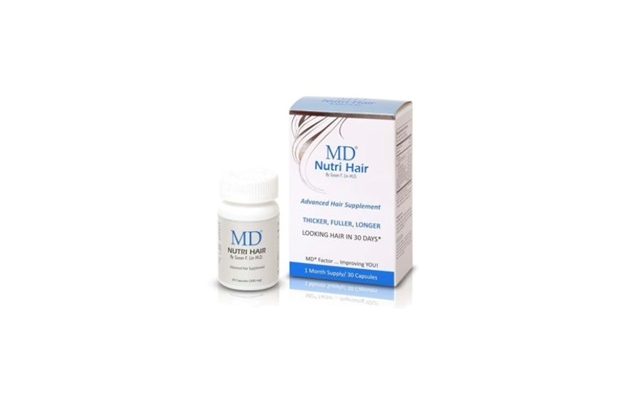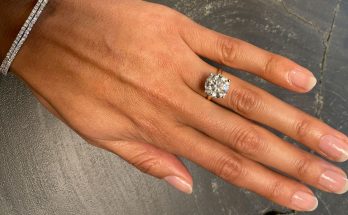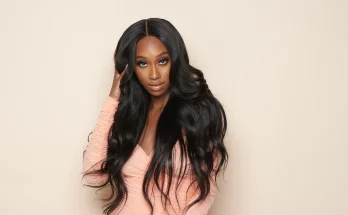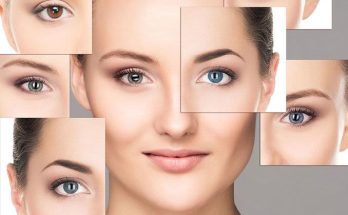Now is the right time to say goodbye to your damaged, dry, and rough hair. Every season comes with new hair problems. The majority of us experience daily hair loss issues, especially throughout the winter.
Split ends are only one aspect of hair damage. In the outer layer of severely damaged hair, there are fissures (cuticles). Your hair is at danger for additional harm and breaking after the cuticle lifts (opens). It may also be difficult to manage and have a dull or frizzy appearance. You may occasionally want to double-check the hair products you use. After learning about your hair structure, it is critical to utilize only the greatest hair growth products.
How Can Hair Become Damaged?
Damage to hair can occur for a variety of causes. Common environmental factors include the wind’s ability to tangle hair around itself and scrape off the cuticles, the sun’s UV rays’ ability to burn the fiber, heated tools’ ability to weaken the bonds that hold the fiber together, pollution’s ability to build up on the fiber and cause it to snap, and over-ability coloring’s to leave the cuticles permanently open.
Three Different Levels Of Damaged Hair
Level 1: The hair’s cuticles and scales are ragged, some of them raised or broken, but the internal cortex has not yet been completely revealed. The ends are thinner, the color is duller, and the hair is a little bit dryer.
Level 2: Hair damage sees cuticle abrasion, occurs when the outer layer is scraped off, leaving the inner cortex in some parts of the hair fiber potentially exposed to damage. At this stage of hair damage, there are fewer cuticle layers, many scales are jagged and lifted, and there may even be exposed cortex. The texture of the hair will be coarse, it will look dull, the color balance will be off, and split ends will form.
Level 3: The worst degree of hair damage is at this point. The cuticle has substantial damage and has totally withered away in several places. The cortex is exposed and can be weakened. At this level, the hair’s surface texture is coarse and deconstructed with no shine, faded color, and split ends.
Habits That Can Damage Your Hair
The good news is that little adjustments can stop further hair deterioration. Here are ten common hair care habits that might harm hair, along with advice from experts on how to halt the damage.
Rubbing shampoo into the length of your hair to wash it.
Adaptations that can stop hair damage:
- Massage your scalp gently with shampoo.
- Instead of rubbing the shampoo into your hair after rinsing it from your scalp, let it run through the length of your hair.
After every shampoo, use conditioner.
Changes that can help prevent hair damage:
- Use conditioner after every shampoo.
Drying your hair by rubbing it with towel
Changes that can help prevent hair damage:
- Wrap your hair in a towel to absorb the water.
- Let your hair air dry.
Comb your hair while it’s still damp.
Adaptations that can stop hair damage:
- Are your tresses straight? Before using a wide-tooth comb gently, let your hair dry.
- Do you have tightly curled or textured hair? Always use a wide-tooth comb while your hair is damp to comb it.
Using a heated comb, curling iron, or blow dryer.
Adaptations that can stop hair damage:
- If you can, let your hair air dry.
- Pick the hottest setting.
- Keep the use of a hot comb or curling iron to a minimum.
- Use these instruments once a week, or even less frequently, if possible.
Using styling products with strong holds throughout time.
Adaptations that can stop hair damage:
- Try a different haircut that doesn’t call for this item.
Pulling your hair back tightly, such as in a ponytail, bun, or cornrows.
Changes that can help prevent hair damage:
- Wear hair loosely pulled back.
- Use covered rubber bands made especially for styling hair.
- Try a different hairstyle that does not pull on your hair.
Wearing a weave or hair extensions.
Changes that can help avoid hair damage include wearing light weaves and extensions that won’t pull.
- Visit a salon that specialises in these services to get weaves and hair extensions.
- For no more than two or three months, wear a professional weave or hair extension.
- Whenever you wear a weave or hair extension, maintain good scalp care.
- Change your hairstyles so that you only occasionally use hair extensions or a weave.
Can Serum Repair Damage Hairs?
Damaged hair turns brittle, which frequently makes them rough to the touch. Using the best hair growth serum brings life back to your strands, making your hair softer and silkier. Hair serum also makes the hair healthy and glossy.
A hair growth product like serum is one of the best for repairing your hair.
Summing Up!
Hair care is essential not only for our appearance but also for our overall hygiene. Healthy hair allows us to look our best and ensure our hair and scalp are healthy.
Here are listed some of the mistakes you should need to avoid for better results. There are many apps available, and MD is one of the platforms where you can buy the Best hair growth products, serums, and conditioners.




